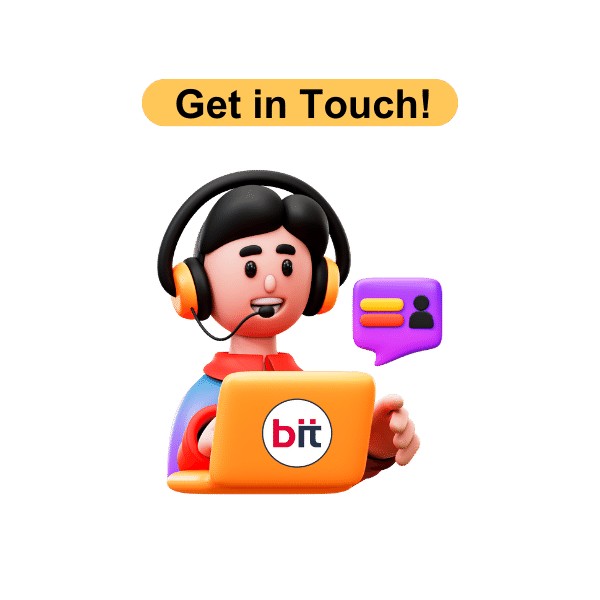|| Front End Web Development Certification Course
The Front End Web Development Training course provides a solid foundation in front-end web development, covering key technologies and concepts essential for creating interactive and visually appealing websites. Participants will learn Web Design Course - HTML, CSS, and JavaScript from scratch, as well as popular libraries and frameworks such as Bootstrap and React.js. Through hands-on projects and exercises, students will gain practical experience in building responsive layouts, enhancing user experience, and implementing dynamic functionality on the client side. The Front End Web Developer Course is a comprehensive program designed to equip aspiring developers with the essential skills and knowledge required to build visually appealing, interactive, and responsive web applications. This course covers the core technologies of HTML, CSS, and JavaScript, providing a strong foundation in web development. Participants will then dive into three of the most popular JavaScript frameworks: Angular, Vue.js, and React.js. Each module focuses on the unique features and best practices of these frameworks, ensuring that learners can build scalable and maintainable single-page applications. The course includes hands-on projects, real-world scenarios, and practical exercises to reinforce learning and provide tangible experience.
Front-End Web Development is a dynamic course designed to equip participants with the skills and knowledge needed to create engaging and user-friendly websites. In this course, students will embark on a journey through the core technologies and best practices of front-end development, empowering them to build responsive, interactive, and visually appealing web interfaces. Through a blend of theoretical knowledge and hands-on projects, you will learn to develop scalable single-page applications, implement modern design principles, and ensure your applications are optimized for performance and user experience. The course also covers essential development tools and best practices, including version control with Git, testing, and deployment strategies. By the end of this course, you will be well-prepared to take on roles as a Front End Developer, Web Developer, or UI Developer, and confidently tackle the challenges of the fast-evolving web development industry.
Please contact the nearest BIT training institute or send an email to inquiry@bitbaroda.com with any additional questions you may have regarding our front-end web development training course. We offer a free demo by calling us at +91-9328994901. We offer top-notch front-end web development Training in Vadodara-Sayajigunj, Vadodara - Waghodia Road, Vadodara - Manjalpur, Ahmedabad, Anand, and Nadiad.



 4.8 (21,636) reviews
4.8 (21,636) reviews


 Read more
Read more 
